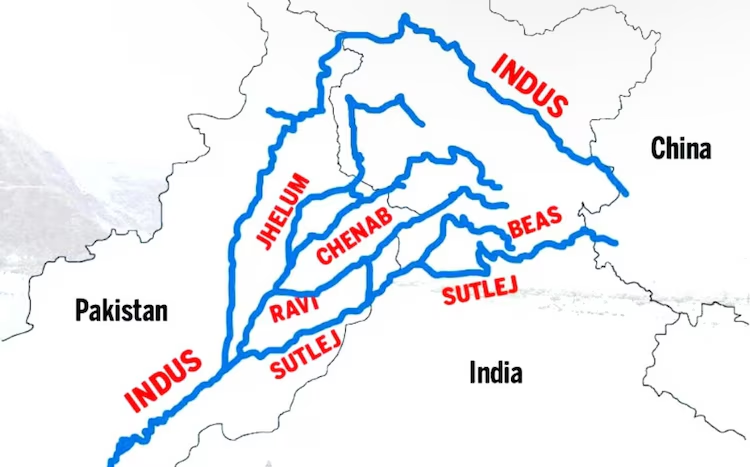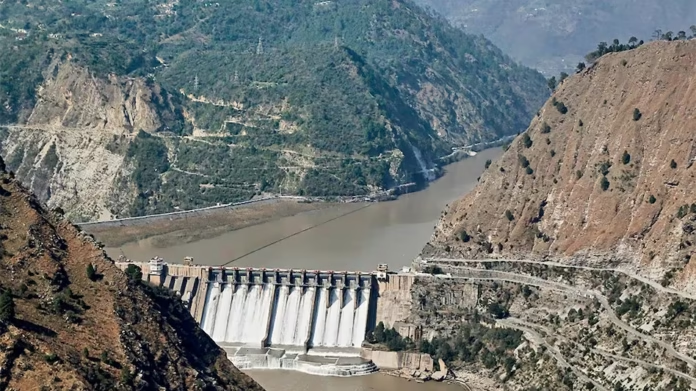The Indus Waters Treaty (IWT), signed in 1960 with the World Bank as a signatory, is a critical water-sharing agreement between India and Pakistan. This landmark treaty has successfully regulated the use of the vital Indus River system for over six decades, navigating a complex political landscape marked by intermittent conflicts.
Historical Context: The need for such a treaty arose from the 1947 partition of British India, which divided the Indus River basin, leaving the control of headworks in India and dependent canal systems in Pakistan. This geographical reality necessitated an agreement to ensure equitable access to water resources. After nine years of negotiations, the IWT was signed, establishing a framework for cooperation.
Key Provisions: The treaty clearly demarcates the usage rights of the six rivers in the Indus system. India was granted exclusive control over the waters of the eastern rivers – the Ravi, Beas, and Sutlej. Pakistan received the rights to the western rivers – the Indus, Jhelum, and Chenab. While Pakistan has unrestricted use of the western rivers, India is permitted certain limited uses, including domestic, non-consumptive use, and the generation of hydroelectric power through specifically designed “run-of-river” projects that do not significantly alter the natural flow.
Mechanism for Cooperation and Dispute Resolution: A crucial element of the IWT is the establishment of the Permanent Indus Commission, comprising a commissioner from each country. This commission meets regularly to discuss issues and resolve potential disputes at an initial stage. The treaty also provides a multi-tiered dispute resolution mechanism, involving a neutral expert and potentially a Court of Arbitration, to address more complex disagreements. This structured approach has been instrumental in managing differences and preventing them from escalating.

image source: India Today
Significance and Challenges: The IWT is widely regarded as one of the most successful water treaties globally, having survived wars and periods of intense political hostility between India and Pakistan. It has ensured that millions of people in both countries continue to receive water for agriculture, drinking, and power generation.
Despite its success, the treaty has faced challenges, primarily related to differing interpretations of its provisions, particularly concerning India’s hydroelectric projects on the western rivers. These technical disagreements have, at times, led to requests for intervention from the neutral expert or the Court of Arbitration. Recent political tensions have also occasionally put the treaty under strain.
Conclusion: The Indus Waters Treaty remains a vital agreement for managing shared water resources in a politically sensitive region. While not without its challenges, its enduring nature highlights the importance of international cooperation in managing transboundary rivers. The treaty’s continued adherence is crucial for regional stability and the livelihoods of millions dependent on the Indus River system.
More Articles:
Elon Musk Merges X with xAI, Signaling Deeper AI Integration
Google Pixel 9a: Official Release Date Confirmed for April 10th
Arijit Singh Cancels Chennai Concert in Solidarity with Pahalgam Attack Victims
What a Thriller! RCB Snatch Victory from DC in a Nail-Biter!
TVS Motors Q4 FY25 Results: Profit Skyrockets Over 75% on Robust Sales and EV Surge
India Bans 16 Pakistani YouTube Channels Citing National Security After Pahalgam Attack

